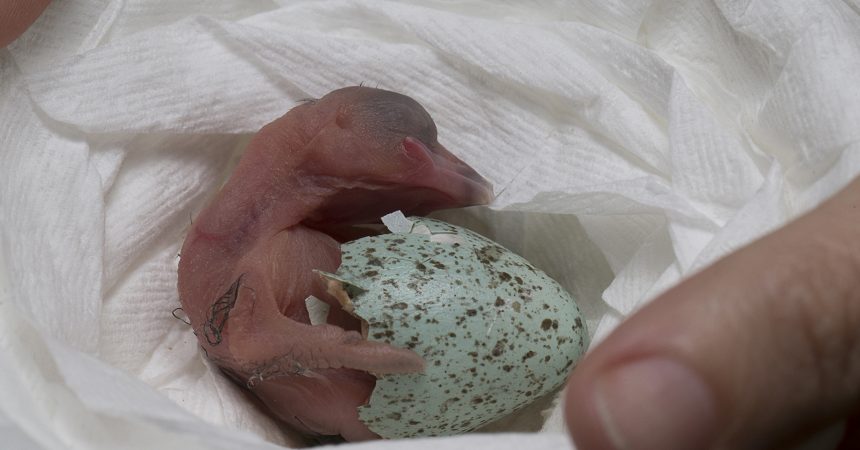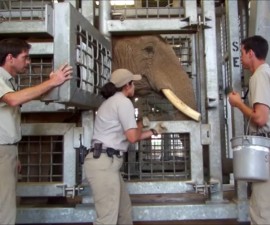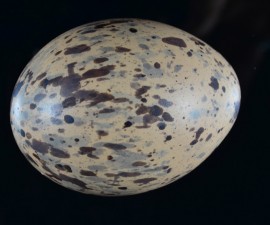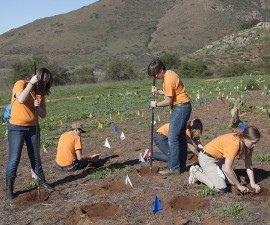San Diego Zoo Global’s commitment to saving species worldwide by uniting expertise in animal care and conservation science is exemplified by an annual workshop held for zoo professionals with the Avian Incubation Workshop (AIW). The AIW is a collaborative effort taught by staff from the San Diego Zoo, the San Diego Zoo Safari Park, and the Institute for Conservation Research. It began in 2007 when a group of animal care professionals from zoos throughout the US came to San Diego for one week to learn the ins and outs of artificial incubation of bird eggs. Since then, the workshop has evolved to include the latest methods and techniques for determining fertility, sex, and health of avian embryos. Each day the class spends the morning visiting facilities to observe the diverse options for arranging a proper incubation room. Lectures pertaining to sanitization, egg weight loss, record keeping, equipment, and egg handling occupy most of the mid-day, while the afternoons are spent in lab for hands-on learning about avian embryonic development.
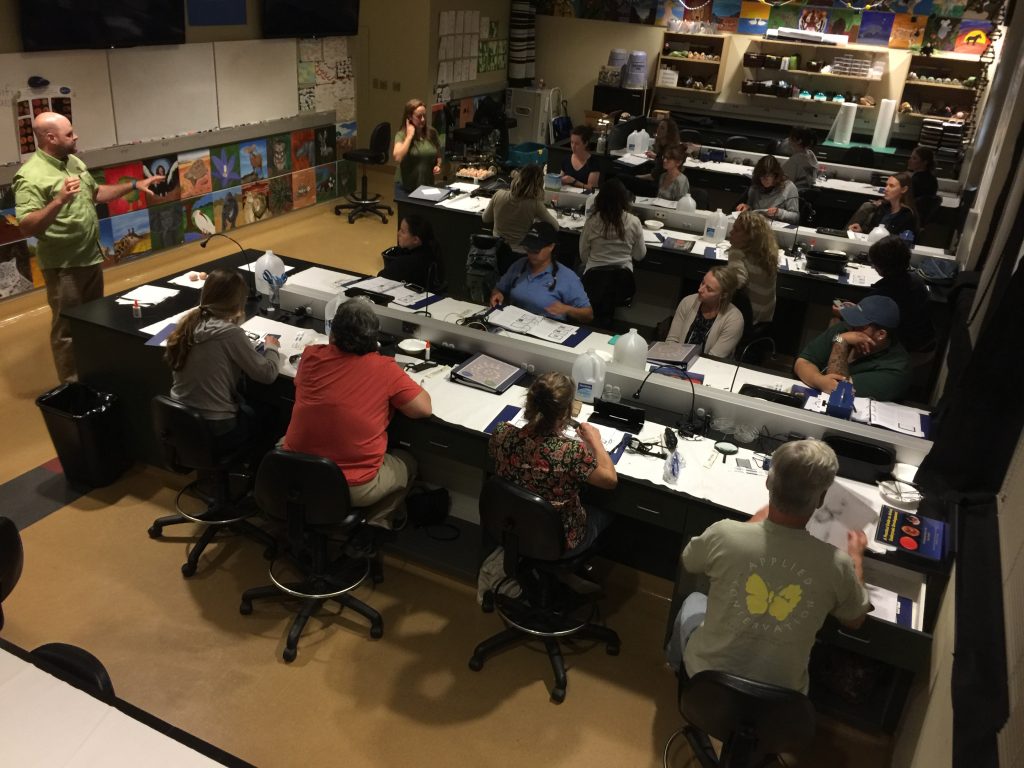
The Avian Incubation Workshop (AIW) gives zoo professionals from around the world the chance to share information and keep current on best practices for raising birds of all species.
Now in its 12th year, the AIW has accumulated a long list of zoological institutions worldwide that have attended the course. Additionally, a number of in situ conservation programs have come to San Diego to learn from the avian incubation experts. The impact the AIW has had on the forefront in the fight to end extinction for some species has been significant.
Take for instance the mangrove finch Geospiza heliobates head-start program in the Galápagos Islands, Ecuador where the species is listed as critically endangered, with an estimated population of 80 birds. Program leader Francesca Cunninghamme attended the workshop in 2015 and said that she found the workshop “to be a useful combination of practical and theoretical activities with direct application to the sort of challenges we face in the Galápagos.” She added that she and her colleagues “gained confidence in egg handling that has enabled us to take captive incubation techniques out into the field where we aim to conserve the species in its natural habitat, this has enabled us to increase our in situ management.”
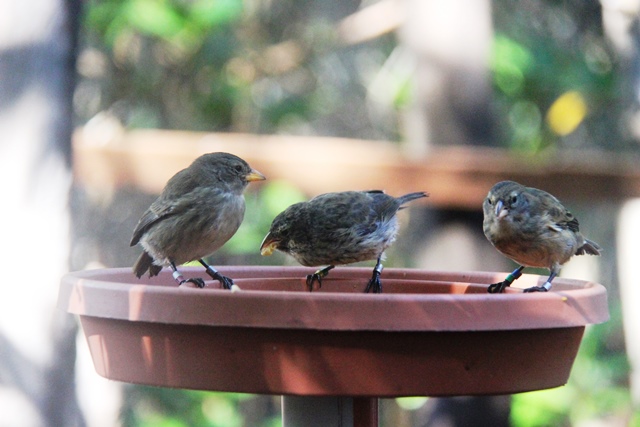
Mangrove finches (Photo: F. Cunninghame)
Across the globe in South Africa, the Mabula Ground Hornbill Project headed by Program Manager Lucy Kemp, has seen a good number of direct effects in population management as a result of the workshop. The southern ground hornbill Bucorvus leadbeateri, which has been listed as endangered in its range in South Africa, is a species whose social structure “forces” females to leave the family group once they mature. As such, Kemp and her team are now able to perform in-ovo sexing, a technique they learned at the AIW in which blood is drawn from the developing egg to determine the sex of the embryo. This procedure “will allow us to use our resources better by being able to manage the demographics of the reintroduction, which is currently a female-biased population,” said Kemp.
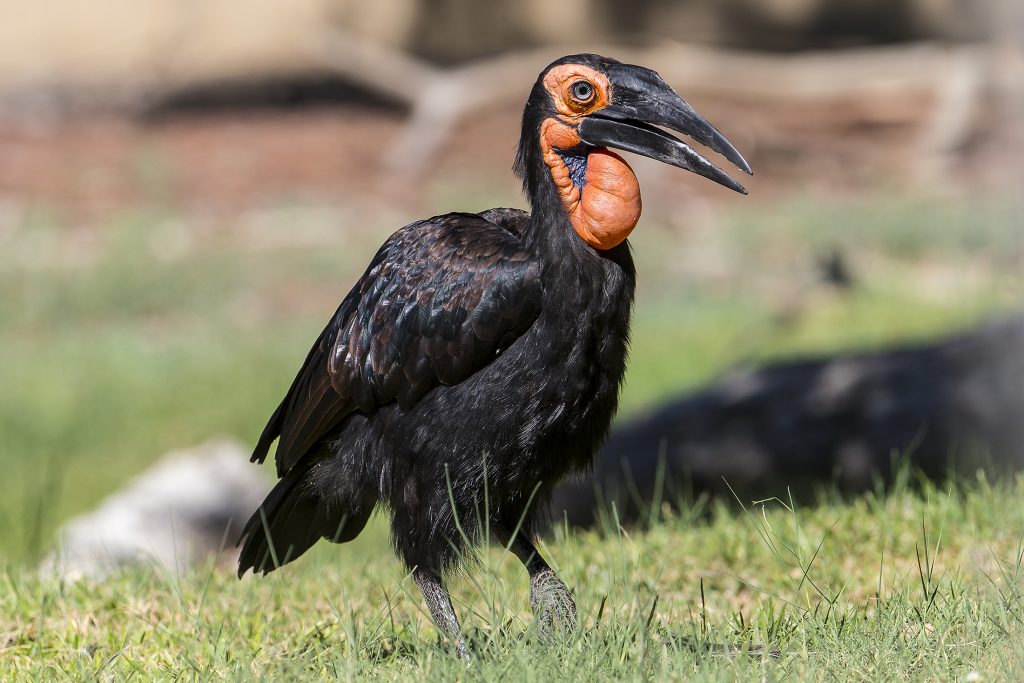
Southern ground hornbill
Jafet Velez-Valentin, a wildlife biologist for the Puerto Rican Parrot Recovery, says that his attendance at the AIW has helped in a number of ways. The Puerto Rican parrot Amazon vittata is considered critically endangered, with a population estimated around 400 birds. The AIW allowed him and his team to fine-tune their artificial incubation skills, thus increasing the rate of successful hatching of this rare species. This has happened by using techniques for managing egg weight loss, an aspect of incubation that, if left unmanaged, can lead to dehydrated chicks or even egg mortality. Additionally, being able to assess egg mortality from all aspects using methods taught at the AIW has helped Velez-Valentin to better manage the flock by making changes in the diet and improving the artificial incubation protocol.
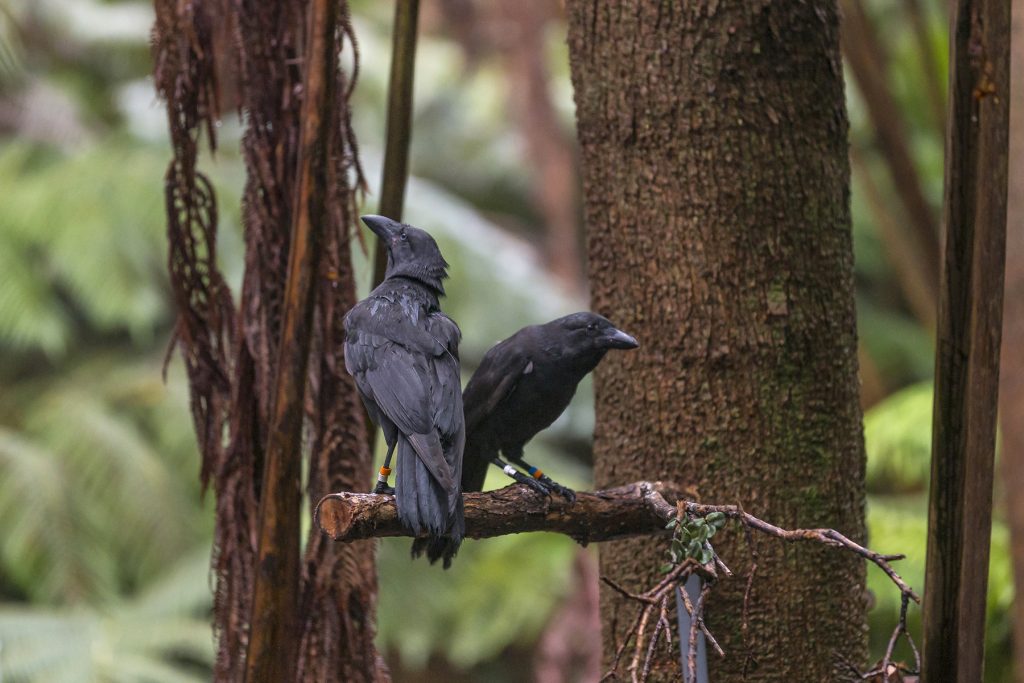
‘Alalā (Hawaiian crows)
Closer to home, the Hawaii Endangered Bird Conservation Program has been breeding and releasing threatened native Hawaiian birds since 1993. The San Diego Zoo Global field program has cared for 16 endemic Hawaiian species and subspecies of birds, including the ‘alalā also known as the Hawaiian crow Corvus hawaiiensis (pictured hatching at the top of this story). Program manager Bryce Masuda has routinely sent staff to attend the workshop. “Incubation techniques taught at this workshop have played a significant role in the increased hatching success we have achieved over the years,” said Masuda. “The electronic data entry and management processes have increased our accuracy and efficiency when dealing with eggs.”
The Avian Incubation Workshop will be taught this fall to a new class of wildlife heroes. Through collaborative efforts like this, San Diego Zoo Global continues to lead the fight against extinction.
Jessica Theule is a senior keeper at the San Diego Zoo.

